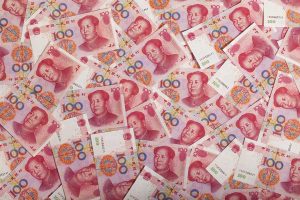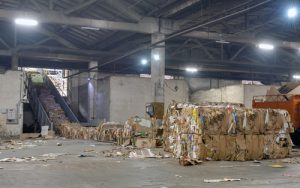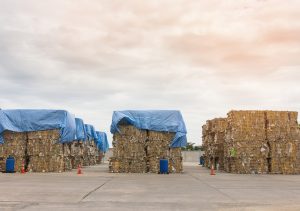
Credit: 1933bkk/Shutterstock
About 85 percent of mixed paper and OCC exported out of California has been bound for China in recent years, and as the Asian behemoth closes its doors to some of those imports, the state’s recycling industry is feeling the hit.
Continue Reading


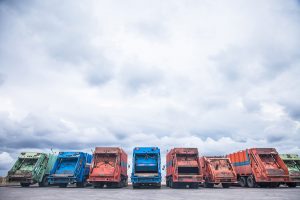

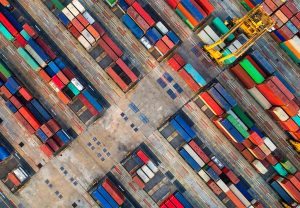
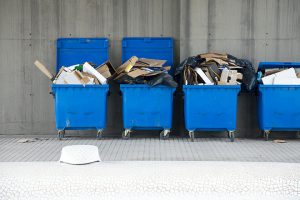

 Recyclables exported out of the U.S. are moving to Southeast Asia, where reclaimers and mills are dramatically increasing purchases as China closes its doors to recovered materials. New figures illustrate that shift.
Recyclables exported out of the U.S. are moving to Southeast Asia, where reclaimers and mills are dramatically increasing purchases as China closes its doors to recovered materials. New figures illustrate that shift. A representative from a European firm that has felt the direct impacts of China’s import restrictions on recovered plastic recently offered an inside look at the fallout from the unprecedented disruption to industry trade.
A representative from a European firm that has felt the direct impacts of China’s import restrictions on recovered plastic recently offered an inside look at the fallout from the unprecedented disruption to industry trade.